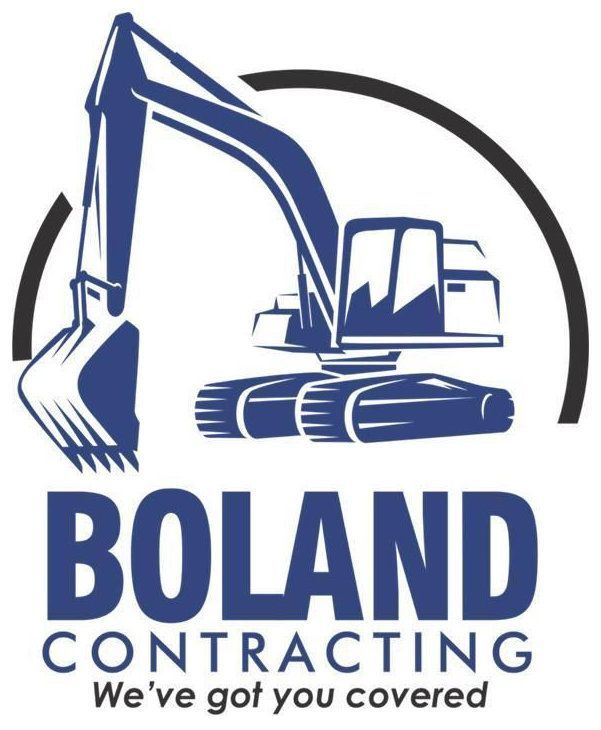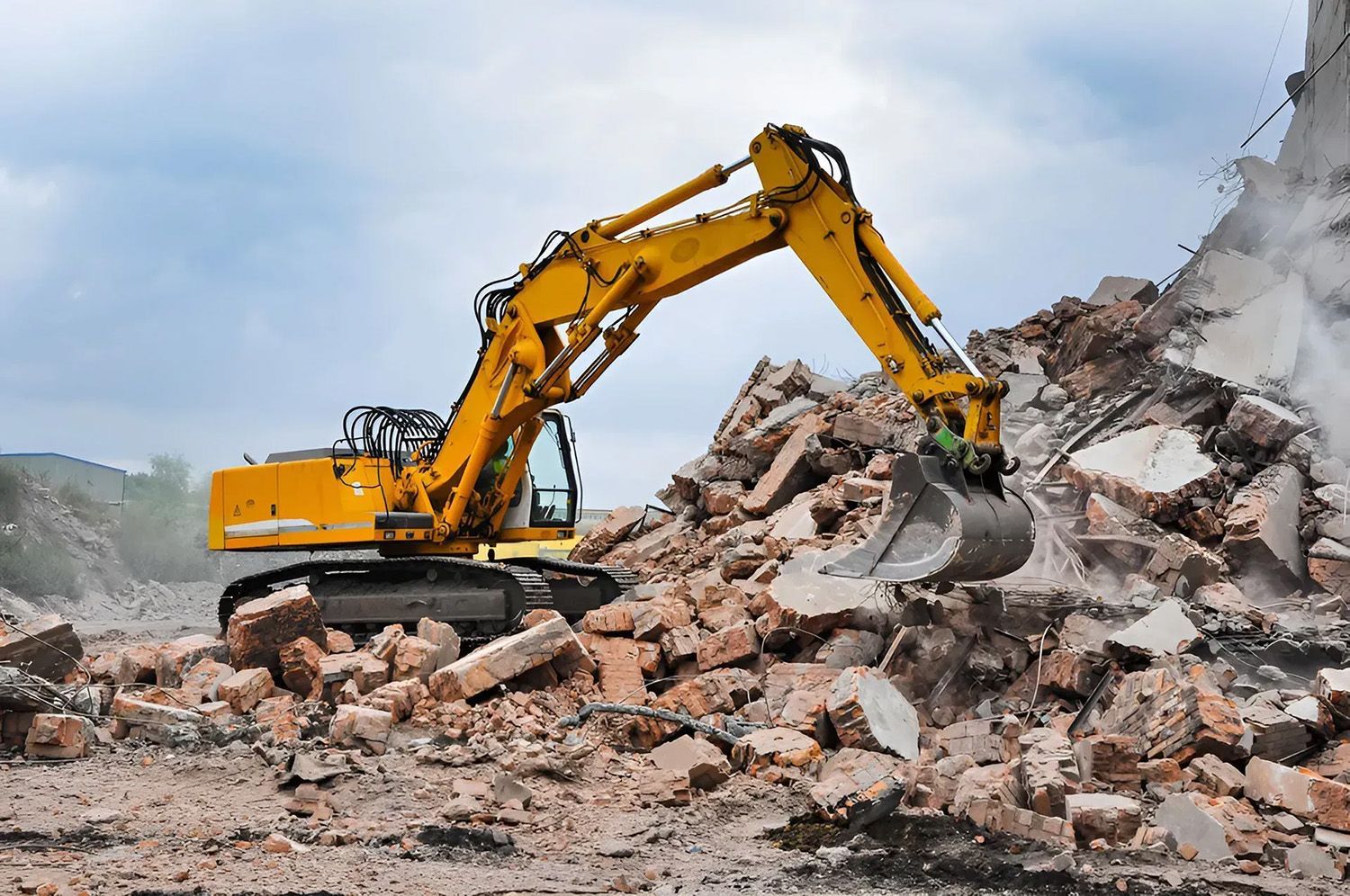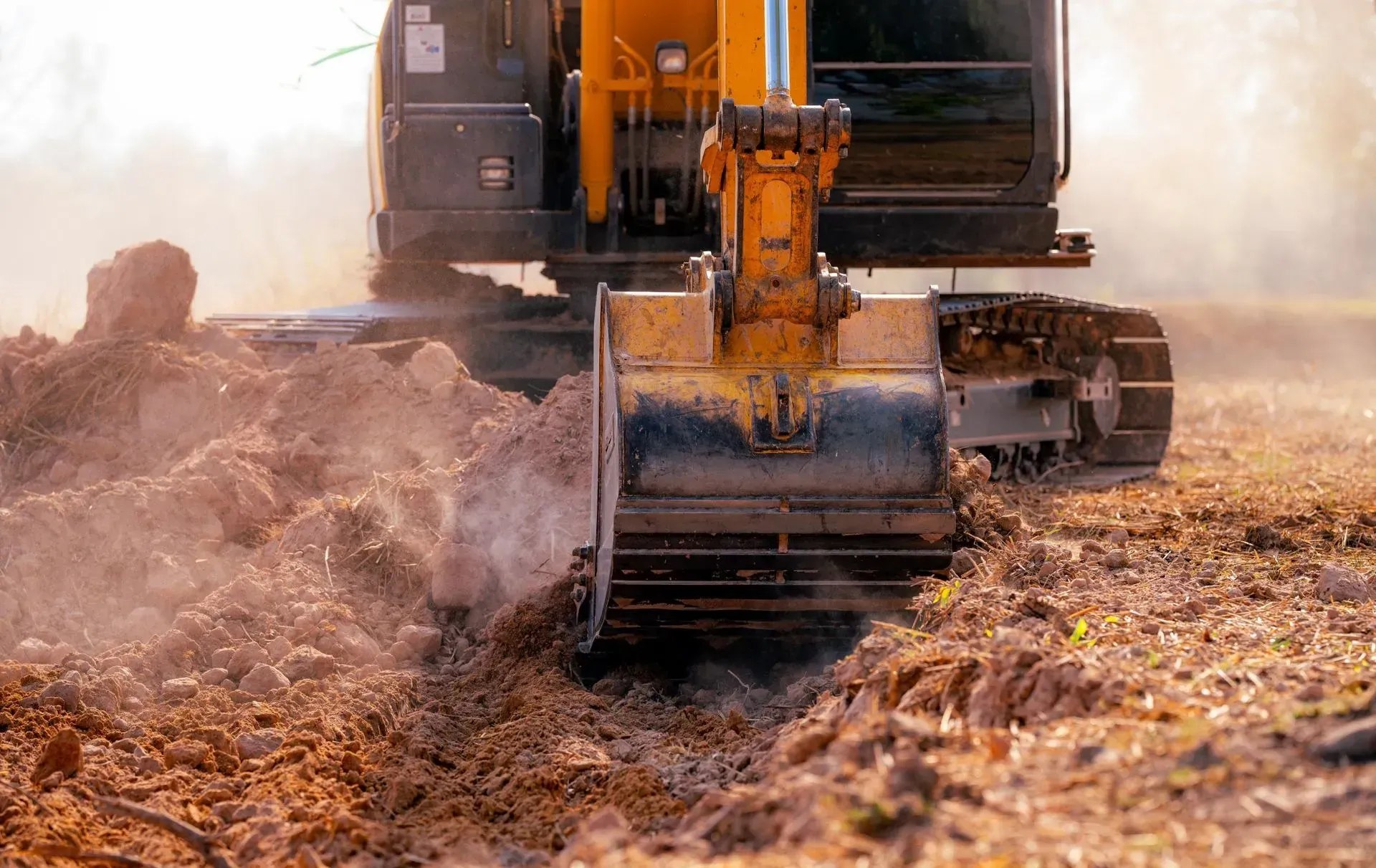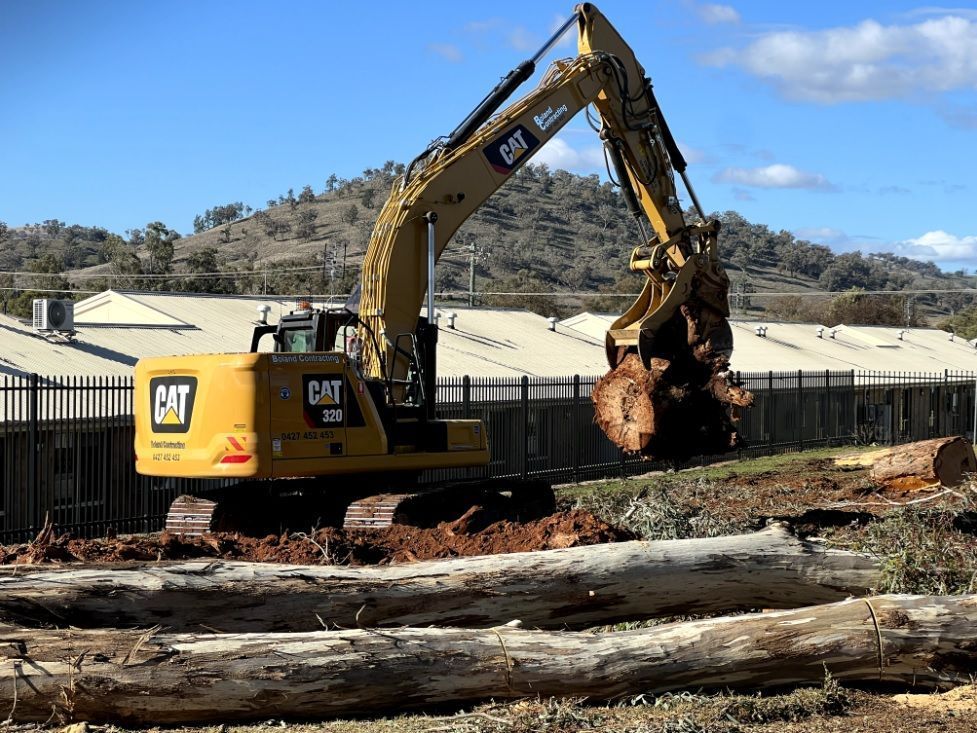Top 5 Signs It's Time To Remove A Tree From Your Property
Trees play an important role in enhancing our environment and personal spaces. Yet, there comes a time when these natural giants pose more risk than benefit. Identifying when to remove a tree is essential for the safety and health of our surroundings. In this blog post, we’ll highlight the main reasons for tree removal. Understanding these signs will empower you to make well-informed decisions regarding the trees on your property.
1. Unmistakable Signs of Disease or Decay
Recognising the symptoms of disease or decay early in trees is important for their health and the safety of the surrounding area. These signs can range from unusual leaf discolouration, premature leaf drop, to visible fungal growth on the trunk or branches. Such symptoms often indicate a deeper problem within the tree, potentially leading to weakened structures that pose hazards.
Professional arborists play an important role in this scenario. They can assess the severity of the disease or decay and determine whether the tree can be saved through treatment or if removal is the safest course of action.
2. The Tree's Structural Integrity is Compromised
A tree's structural integrity can be compromised due to various factors, including extreme weather events, age or disease. Here are key indicators:
- Post-Storm Damage: Strong winds and heavy rains can leave trees in precarious conditions, making a professional assessment a necessity.
- Age-Related Weakness: As trees age, they may develop internal decay or other structural issues not visible to the untrained eye.
In such cases, an arborist can evaluate the extent of the damage and decide whether strategic pruning or complete removal is necessary to protect lives and property.
3. Proximity to Property or Power Lines
Trees that grow too close to structures or power lines can pose significant risks:
Risk to Buildings
Invasive root systems can damage foundations, leading to costly repairs. These can cause damage during storms or drop debris, leading to maintenance issues.
Threat to Power Lines
Trees in close proximity to power lines are not only a risk during storms but also pose a fire hazard and can cause power outages.
4. The Tree is No Longer Viable or Productive
There are occasions when a tree, for various reasons, may no longer be considered viable or productive. This could be a fruit tree that no longer bears fruit or a tree that no longer contributes to the landscape's aesthetics.
In such cases, it's important to assess whether the tree has reached the end of its life cycle or if it's simply not the right fit for the landscape anymore. An arborist can help make this determination, offering advice on whether removal and replacement with a more suitable species is the best option.
5. Impact on Surrounding Vegetation and Soil Health
An unhealthy or overly dominant tree can adversely affect the surrounding vegetation and soil health:
- Shade out: Prevents sunlight from reaching understorey plants.
- Nutrient depletion: Dominant trees can exhaust soil nutrients, leaving little for other plants.
An arborist's assessment can determine if removing the tree is the best option to restore balance and promote a healthier, more diverse landscape.
Make the Right Choice for Your Trees: Consult with Us!
At Boland Contracting, we understand the importance of maintaining a safe and beautiful property. Our arborists are equipped to offer comprehensive solutions that range from detailed assessments to comprehensive tree removal services in Wellington. We're committed to providing prompt, reliable service to ensure the health and safety of your property. If you're facing any of the issues mentioned above, get in touch with our contractors in Wellington. Let us help you make the right decisions for your trees and your property.








